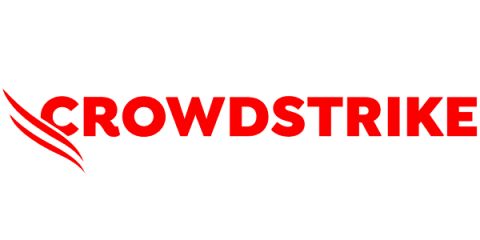Top Tool Capabilities to Prevent AI-Powered Attacks
Recent advances in AI technologies have granted organizations and individuals alike unprecedented productivity, efficiency, and operational benefits. AI is, without question, the single most exciting emerging technology in the world. However, it also brings enormous risks. While the dystopian, AI-ruled worlds of sci-fi films are a long way off, AI is helping cyber threat actors launch attacks at a hitherto unknown scale and level of sophistication. But what are AI-powered attacks?










